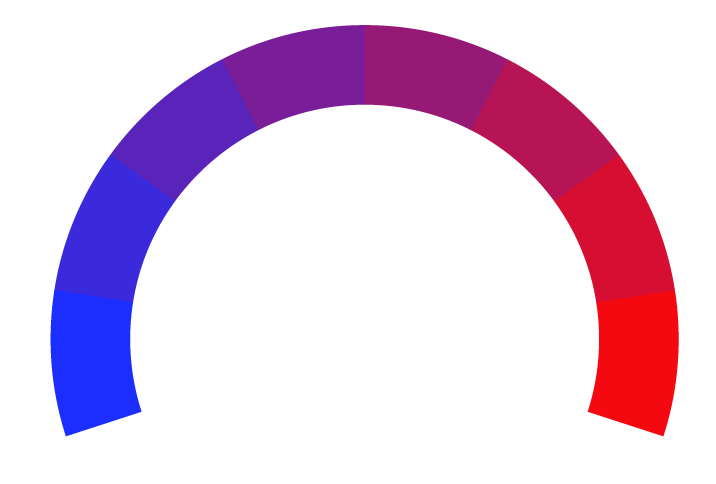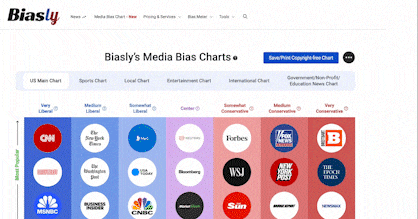Why The IRS Will Continue To Challenge Section 643(b) Trusts
- Bias Rating
- Reliability
45% ReliableAverage
- Policy Leaning
-10% Center
- Politician Portrayal
N/A
Continue For Free
Create your free account to see the in-depth bias analytics and more.
By creating an account, you agree to our Terms and Privacy Policy, and subscribe to email updates.
Bias Score Analysis
The A.I. bias rating includes policy and politician portrayal leanings based on the author’s tone found in the article using machine learning. Bias scores are on a scale of -100% to 100% with higher negative scores being more liberal and higher positive scores being more conservative, and 0% being neutral.
Sentiments
59% Positive
- Liberal
- Conservative
| Sentence | Sentiment | Bias |
|---|---|---|
Unlock this feature by upgrading to the Pro plan. | ||
Reliability Score Analysis
Policy Leaning Analysis
Politician Portrayal Analysis
Bias Meter
Extremely
Liberal
Very
Liberal
Moderately
Liberal
Somewhat Liberal
Center
Somewhat Conservative
Moderately
Conservative
Very
Conservative
Extremely
Conservative
-100%
Liberal
100%
Conservative

Contributing sentiments towards policy:
52% : However, Subchapter J recognizes in certain instances that the burden of the tax should pass to others.48% : Moreover, in certain situations, Subchapter J passes the burden of the tax -- rather commonsensically -- to the trust beneficiaries, particularly if the beneficiaries receive the income items as a distribution from the trust.
46% : Section 643(b) does not modify these general rules related to trust taxation.
41% : According to Aegis, entering into this trust arrangement alone resulted in significant tax savings.
40% : According to the promoters, these trust arrangements receive special tax benefits -- and hence, their name -- from section 643(b) of the Internal Revenue Code.
*Our bias meter rating uses data science including sentiment analysis, machine learning and our proprietary algorithm for determining biases in news articles. Bias scores are on a scale of -100% to 100% with higher negative scores being more liberal and higher positive scores being more conservative, and 0% being neutral. The rating is an independent analysis and is not affiliated nor sponsored by the news source or any other organization.






















 Forbes
Forbes